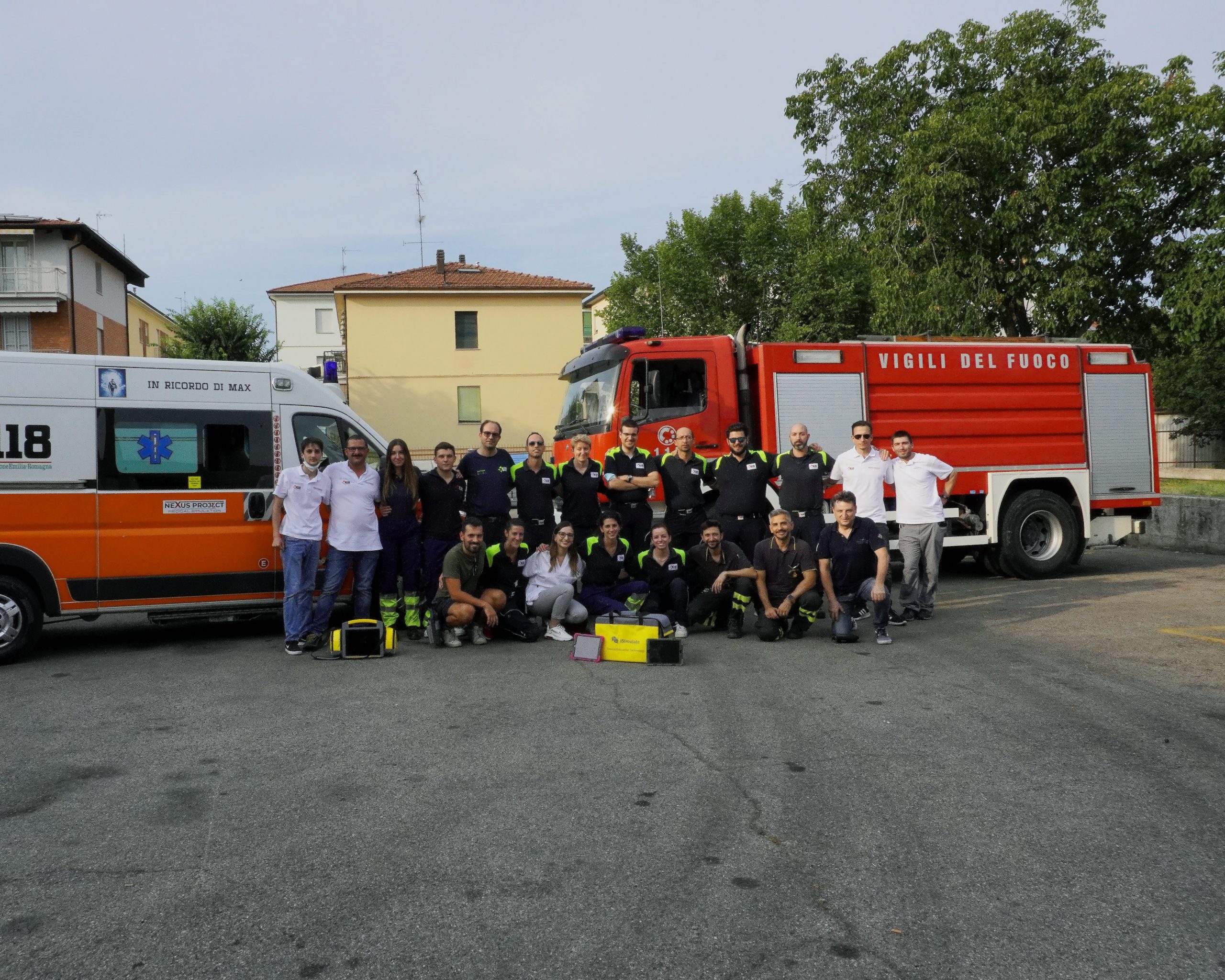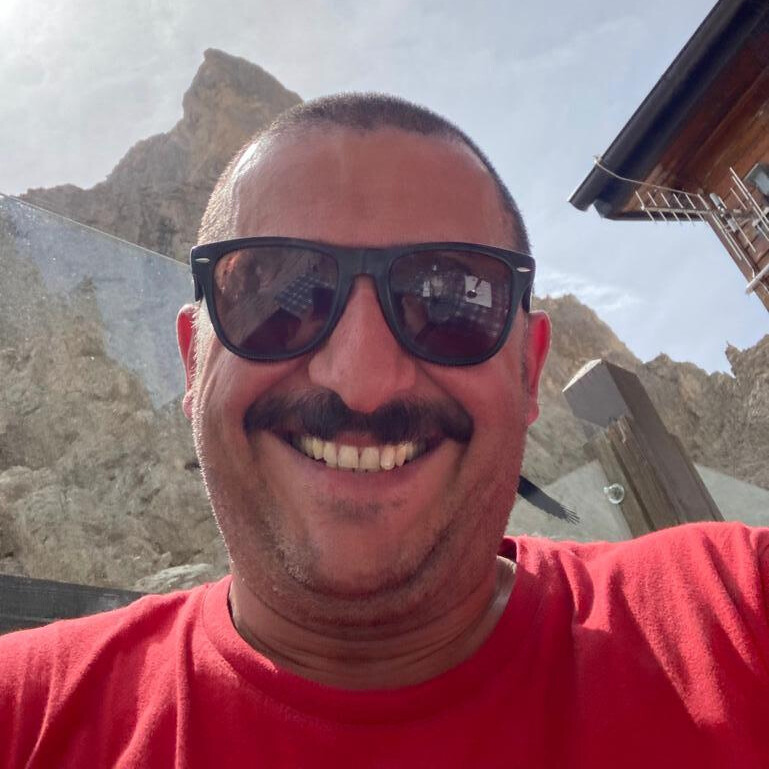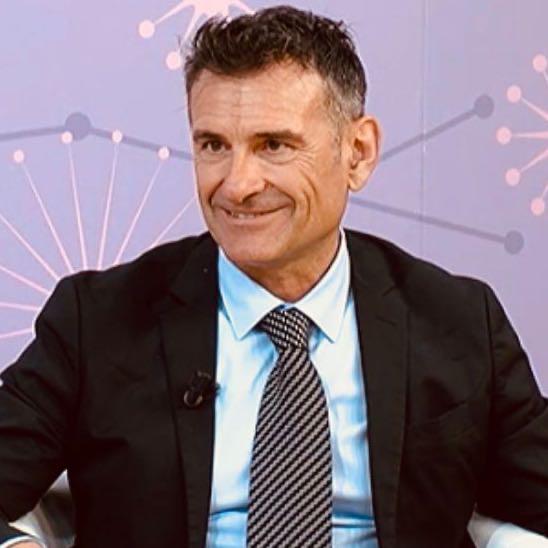Born from the training needs of the SET 118 Modena Rescue and Fire Brigade, the NEXUS PROJECT mixes different simulation modes and focuses on the non-technical skills of local operators
In the last 30 years, more and more attention has been paid to how the human factor represents a variable capable of changing the results of medical care provided to patients. Despite this, the realities that include and invest in adequate training that strengthens interpersonal and social skills, more generally known as non-technical skills, are still limited.
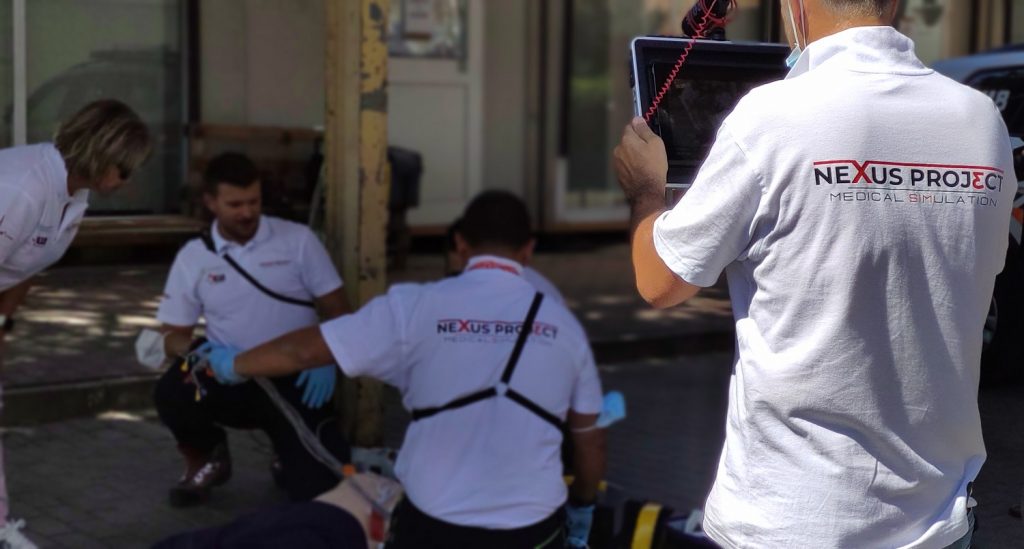
The NEXUS PROJECT was born in May 2021 at Azienda USL Modena also in response to the events and changes caused by the SARS-CoV-2 pandemic, a determining factor that has influenced the status quo of the National Health System, with the aim of raising awareness in health professionals to work on themselves, not only as employees, but also as people. Communication, Leadership, Decision-making and prevention of cognitive biases were the hot topics addressed by 15 professionals, belonging to the SET 118 Modena Soccorso and Fire Department of the Modena Provincial Command, during the NEXUS Phase 1 experimental course.
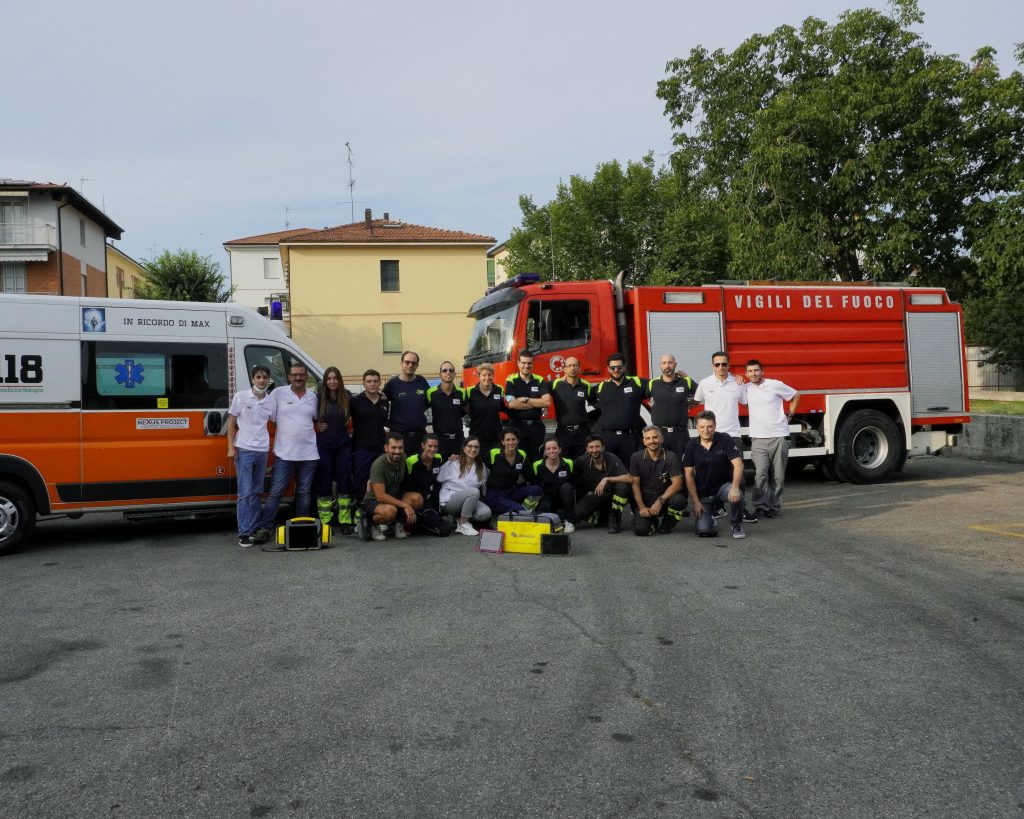
During the two days of intensive training, the participants, not being required to carry out all those technical procedures that are put into practice on a daily basis, were able to exercise by focusing on non-technical skills, teamwork, interdisciplinary communication, decision-making processes and debiasing strategies. The theoretical basis of the plenary lessons was made up of the most up-to-date scientific evidence available on the main research portals and was presented through various teaching methodologies such as brainstorming, learning conversation, dynamic quizzes, problem-based learning, low-fidelity simulations inspired by the Emergo Train System (ETS) and high-fidelity simulations.
NEXUS PROJECT claims to be one of the first research projects in Italy to bring high-fidelity simulation directly to the territory, thanks to the renovation of a disused ambulance equipped with a state-of-the-art digital simulation system. Using four Ipad terminals respectively with the function of: Lifepack 15 monitor-defibrillator, controller, computerized clinical history and audio and video recording module, the instructors were able to build scenarios faithful to clinical reality and simulate the pathophysiological alterations of vital parameters in real time. With the help of the technological infrastructure conceived and designed entirely by the research team, and the movement of the vehicle comparable to a standard operational vehicle, it was possible to offer adequate realism as opposed to the classic “pretend that ”.
In fact, in some simulations all the necessary equipment supplied to the Fire Department was also used to carry out the safe extraction of patients. In some scenarios, the standardized patient was used, an actor prepared and trained to simulate all the psychophysical symptoms of the pathologies presented during the two days. During the subsequent debriefing, the patient’s point of view carried important weight, providing important information about safety and perceived anxiety during the scenario, aspects that otherwise, in real situations, cannot be fully understood.

In conclusion, at the end of the course a satisfaction questionnaire was administered anonymously in which, among other questions, a general opinion was also asked on a scale of 0 to 10. Although limited, the analysis of the data has yielded an average index satisfaction score of 8.93 (SD = 1.39) with a response rate of 100% (n = 15)
The event represents the beginning of a path of innovation of the training paradigm at the company level, highlighting the need to use high-fidelity simulation and pay attention to non-technical skills as tools to increase the quality of care provided,patient safety and improve the use of the resource that in emergency is the most precious of all: time!
Follow NEXUS PROJECT on Instagram: https://www.instagram.com/nexus_project/
Other authors
Gianluca Pedrazzi, Christian Spanò, Matteo Martignoni, Francesco Casini, Alberto Pellacani, Marcello Baraldi.



